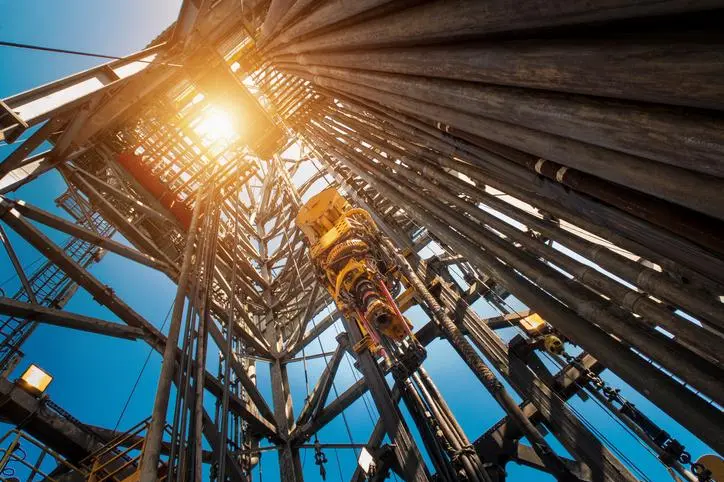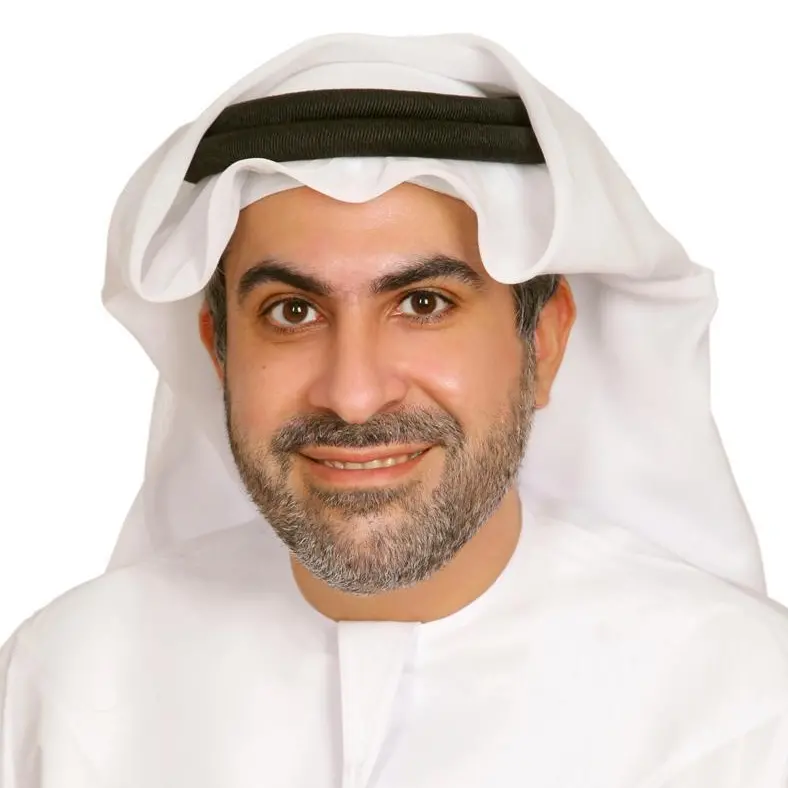PHOTO
Most people in the oil industry will want to forget 2020. The coronavirus pandemic and lockdowns brought the global economy to a standstill. In April, the US benchmark West Texas Intermediate (WTI) briefly turned negative.
While demand has recovered somewhat, the International Energy Agency estimated it was 8.8 million barrels per day (bpd) below 2019 levels in 2020. This year we are still poised for a decline of 3.1 million bpd below 2019 levels.
The year was hard for international oil companies — Exxon was delisted from the Dow Jones at the end of August — while shale producers saw several bankruptcies of which Chesapeake might have been the highest profile. It was hard for national oil companies (NOCs), too. They were not immune from slashing capital expenditure, which is unheard of for NOCs in the GCC.
The oil price has made a stunning comeback, with Brent now firmly above $50 a barrel and WTI intermittently flirting with that price level. The year’s end saw somewhat of a price rally as US crude stocks drew 6.1 million barrels for the week ending Dec. 25.
However, they are still 11 percent above their five-year average.
The recovery can be credited wholly to OPEC+, an alliance of the Organization of the Petroleum Exporting Countries (OPEC) and 10 cohorts led by Russia. In April, it acted decisively, cutting supply by a historic 9.7 million bpd. That rebalanced markets somewhat and prices started to rise again.
The road there was far from easy. It demanded a lot of cash-strapped governments to pump less for the greater good. As Saudi Energy Minister Prince Abdul Aziz bin Salman points out, the 23 nations are in this together and everything they are doing is for the greater good of oil markets and, with it, their long-term interests.
In December, OPEC+ decided to ramp up the frequency of full ministerial meetings that set production levels. Holding these on a monthly basis makes a lot of sense, given the geo-economic situation. The world is split in two: East of Suez, where demand is surging again, led by China, which is one of the few countries clocking up an economic growth rate above 2 percent in 2020, despite the pandemic; and west of Suez, where the second or third wave of the virus has hit economies, necessitating stringent restrictions and lockdowns.
True, there is hope from vaccines, which were recently approved in the US and Europe. But vaccination programs will take time to roll out and, until then, the economies and demand for oil will suffer.
All eyes will be on OPEC+ when ministers meet on Monday. In December, they decided to ease production cuts by 500,000 bpd in January. The news was well received by the market and the oil price rose.
The question now is, will the ministers continue on that trajectory for February?
Many favor upping production — not least the UAE and Russia, both of which have invested in additional production capacity.
Russia’s Deputy Prime Minister, Alexander Novak, recently said that he was comfortable with an oil price between $45-$55 per barrel, which could indicate support for adding another 500,000 bpd in February. The UAE certainly wants to pump more. Late last year, Energy Minister Soheil Al-Mazrouei made no attempt to hide his discontent over the sluggish tapering of production cuts.
In the end it will be a consensus between Riyadh and Moscow that dictates where we go from here. Both Novak and Prince Abdul Aziz said last week that they stand fully behind OPEC+ and its decisions.
What complicates matters somewhat is that within OPEC+ the decision needs to be taken unanimously. Some countries, such as Iraq and Nigeria, have been clear that they believe their internal circumstances have been given insufficient consideration. (Both so far have failed to compensate for their overproduction during 2020 despite repeatedly promising to do so.)
Much also will depend on the likely trajectory of the global economy, which is doing well east of Suez and not so well west of Suez. There may be exuberance in some areas as economists bank on the rollout of vaccine programs. However, we are not out of the woods yet, and economies from Poland to the US will face restrictions for the next few months at least, which will take its toll on oil demand.
At the same time Libya has ramped up production from less than 100,000 bpd in August to above 1 million bpd by year-end. The country is exempt from cuts due to its internal circumstances, as are Venezuela and Iran. Down the road we will need to analyze whether the Biden administration wants to revive the nuclear deal with Tehran and what that would mean for Iranian demand — but that is well in the future.
For the time being, markets absorbed the news of an incremental 500,000 bpd in January very well. At this point another extra 500,000 bpd in February does not seem outside the realm of possibilities. The fact that OPEC+ now meets monthly means there is more flexibility to experiment with and adjust incremental production targets than when ministers met on a semi-annual basis.
As long as the pandemic is with us in one form or another, frequent tweaking of production is the only sensible course of action.
• Cornelia Meyer is a Ph.D.-level economist with 30 years of experience in investment banking and industry. She is chairperson and CEO of business consultancy Meyer Resources. Twitter: @MeyerResources
Copyright: Arab News © 2020 All rights reserved. Provided by SyndiGate Media Inc. (Syndigate.info).












